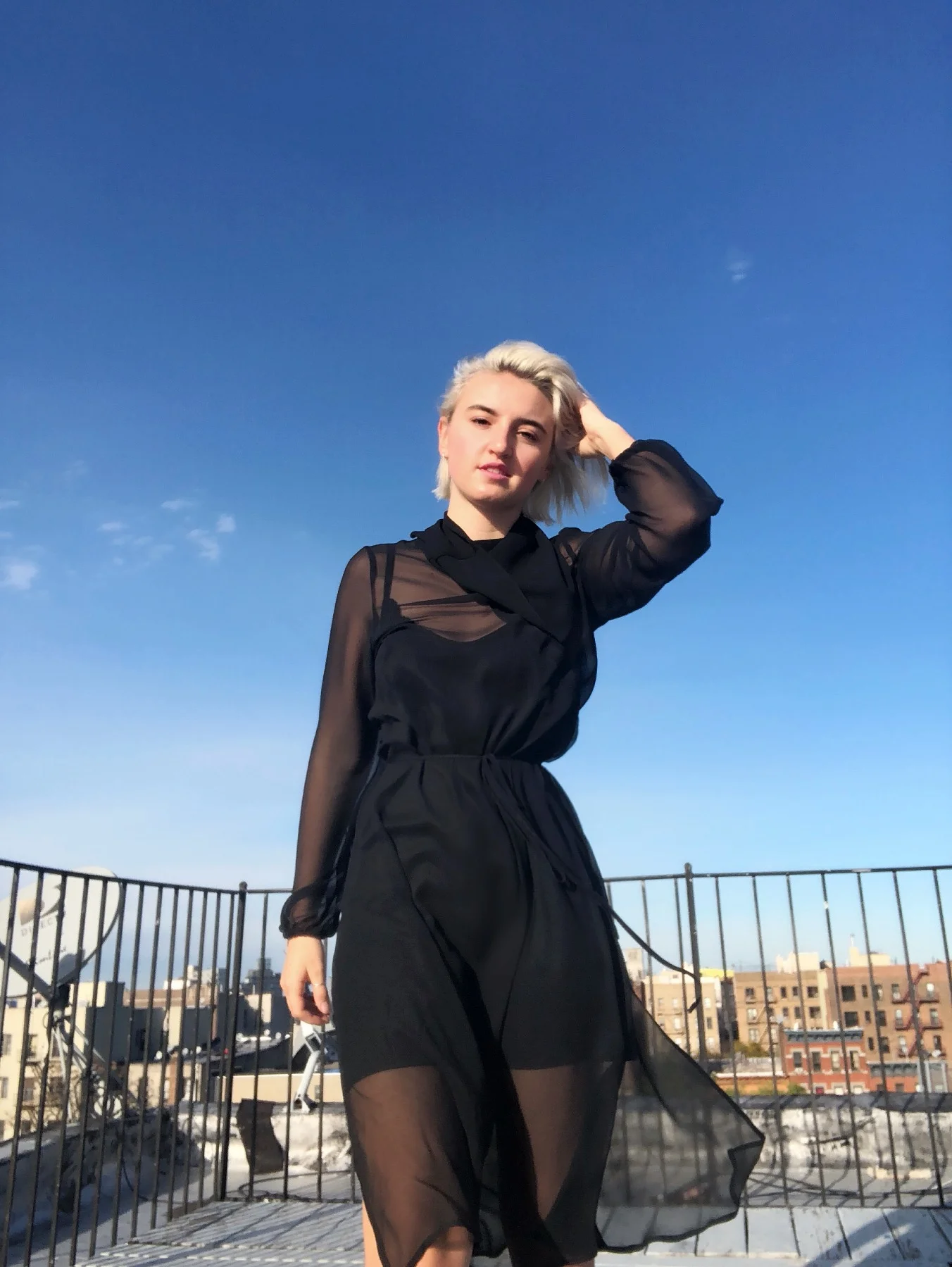Linen

One of the world’s oldest fabrics, and one of my favourite fabrics, Linen has been used for centuries, but how sustainable is it?
A side note, Linen is heavily featured in the V & A’s museum feature on fashion and nature, definitely an exhibit worth visiting!
It goes farther back than that, flax fibers have been found in caves in Georgia dating back 36,000 years. Linen has been used in ancient Egypt to shroud mummies, it was so highly regarded linen was used as currency. Linen was worn by the nobility in ancient Mesopotamia. ‘Linen’ has originated from the Latin and Greek words for flax, linum and linón respectively, and is the origination of the word line as it refers to the straight line in the weaves.
Linen has always had a high value as it is so laborious to produce, in the Bible angels are referred to wearing linen. Linen is cloth woven from flax, using the fibers from the stalk and turned into a yarn. Linen is known for being a great fabric to survive the heat in, the flax fibers are strong, absorbent and dries quickly, making it the perfect fabric for hot days.
But how sustainable is linen?
Different parts of the Flax plant
Though it is a laborious and expensive fabric, linen is natural and sustainable.
Flax only lives for one growing season and takes just over 3 months from seed planting to harvest. It can be grown in cool climates without much water, flax requires little energy to produce.
But turning the flax to linen is extremely laborious. To separate the fibers from the flax stalk a process called retting. The stalks are put into water, ponds, streams or large vats for bacteria to separate the fibers. There is a faster process of retting using chemicals to corrode the stalks, but the chemicals are harmful to the environment and damage the fibers. The fibers are then spun into yarn and woven into what we know as linen.
Naturally linen is extremely strong, antibacterial, breathable, and moth resistant. Left untreated linen is fully biodegradable. So last year’s pants can be buried in your backyard and no one would be the wiser!
As it so strong linen has a high propensity to crease and continuous creasing will break the fibre and tear your clothes. Linen is also naturally a cream or grey so bleached white linens have been that, heavily bleached.
In the long run linen is extremely sustainable. It is a natural fibre and will break down naturally. As long as the linen you are buying is actually worth the cost. If it is cheaper made or bleached white the chemicals used negate linen’s sustainability.
Linen has been worn by kings, so when fast fashion like Forever 21 offers linen for less, refrain from buying it!





